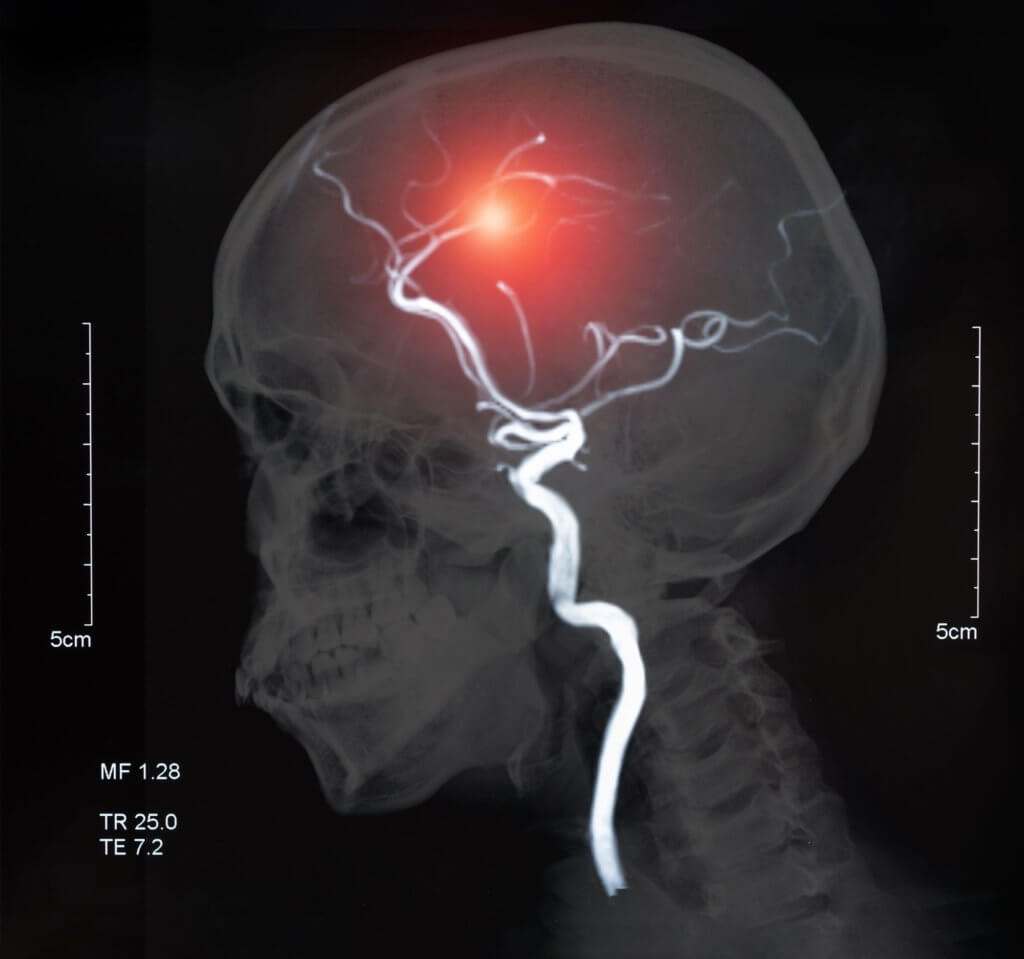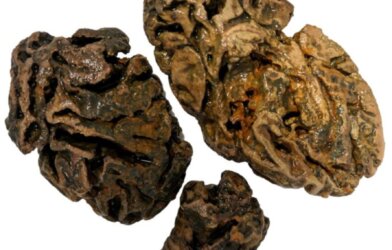The typical journey for someone with a neurological disorder includes difficult diagnoses followed by long-term treatments. While vast advancements have been made in neurorehabilitation, the complexity of this area of medicine have left a void of at-home care options for those recovering from neurodisorders.
BrainQ identified this underserved area and has constructed a company with a vision of accessible recovery solutions for neurodisorder patients around the world. Their heavy-hitting team of data scientists, machine learning experts, neurologists and neuroscientists have collectively developed the FDA certified Breakthrough Device used to treat stroke patients in their own homes.
The device taps into the brain’s own ability to mend itself by stimulating damaged areas and encouraging healing. The non-invasive, low-frequency and low-intensity electromagnetic fields aim to promote neurological recovery within the nervous system. The device utilizes AI to customize the treatment for each patient based on the characteristics of the EMF.
The certification as a Breakthrough Device for the treatment of stroke patients, along with the $40 million funding round that closed last week, is a stark contrast to the skepticism that BrainQ received less than 5 years ago. The success of the company could lead to the largest leap in stroke therapy we’ve seen.
A person who has suffered a stroke may experience physical impairments throughout the body such as with the ability to grip things or hand coordination, even though the injury occured within the brain. There is currently no scientific method to repair the particular parts of the brain that have been damaged and control other processes throughout the body. Physical therapy and regular health checks have been largely all that is available to these patients.
BrainQ’s device addresses the problem differently than a typical injury by improving operations in the brain and changing the local environment. “We map the channels of healthy brains and non-healthy brains and compare them. Once we find these, we use a low-intensity magnetic field therapy to resonate in the brain and facilitate its endogenous recovery mechanisms,” explained Drechsler in an interview with techcrunch.
The device, which is usable in the patient’s home, is a cylindrical whole-brain magnetic field generator that attaches to a brace word around the hips/back and surrounds the head. The reason it is so much smaller than other brain machinery is because the currents being created are such low intensity, not more more that normal brain activity.
The FDA certification as a Breakthrough Device allows for an expedited approval process which means you could see this treatment option available within the next year or two. They must first conduct a much larger study than they previously did (only 25 participants) which the company now has plenty of funding to execute.













Comments